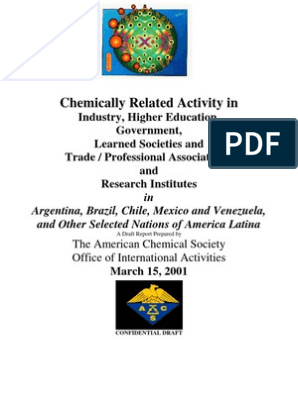0% found this document useful (0 votes)
134 views21 pagesTotal Quality Management Guide
Total Quality Management (TQM) is a management system focused on quality improvement through continuous refinement. It includes eight key elements: foundation of ethics, integrity and trust; building blocks of training, teamwork and leadership; binding mortar of communication; and roof of recognition. TQM requires commitment from all staff to maintain high standards across operations through an integrated framework and ongoing feedback to refine products, services and quality.
Uploaded by
Diana Rose AcupeadoCopyright
© © All Rights Reserved
We take content rights seriously. If you suspect this is your content, claim it here.
Available Formats
Download as PPTX, PDF, TXT or read online on Scribd
0% found this document useful (0 votes)
134 views21 pagesTotal Quality Management Guide
Total Quality Management (TQM) is a management system focused on quality improvement through continuous refinement. It includes eight key elements: foundation of ethics, integrity and trust; building blocks of training, teamwork and leadership; binding mortar of communication; and roof of recognition. TQM requires commitment from all staff to maintain high standards across operations through an integrated framework and ongoing feedback to refine products, services and quality.
Uploaded by
Diana Rose AcupeadoCopyright
© © All Rights Reserved
We take content rights seriously. If you suspect this is your content, claim it here.
Available Formats
Download as PPTX, PDF, TXT or read online on Scribd
/ 21























































































































